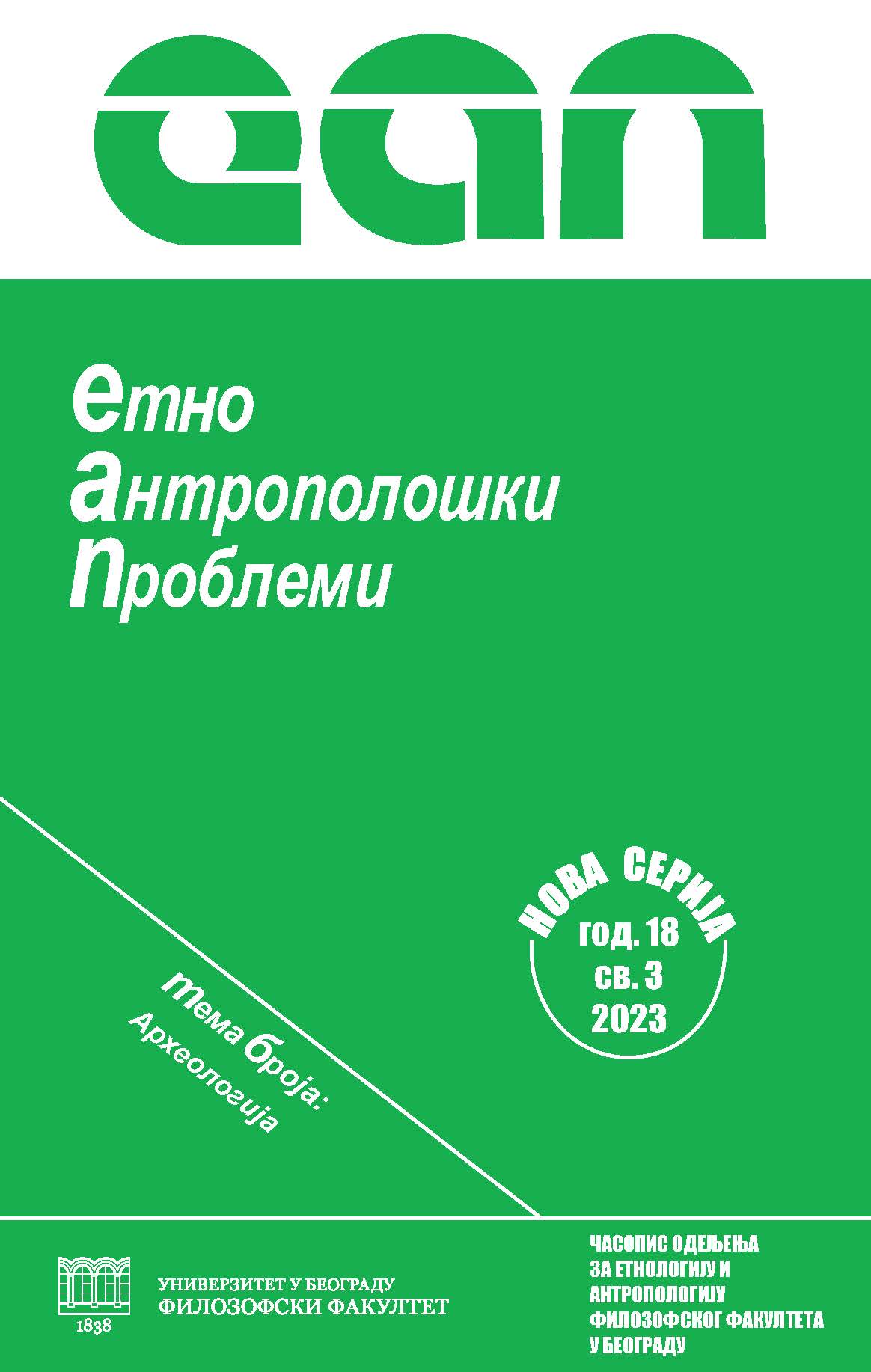Stvaranje mesta: identiteti oblikovani materijalnim ostacima prošlosti Primer Starog grada u Užicu
Creating a Place: Identities Shaped by the Material Traces of the Past. Case-study of the Old Town of Užice
Author(s): Marija Aleksić ČevrljakovićSubject(s): Archaeology
Published by: Филозофски факултет, Универзитет у Београду
Keywords: Užice Old Town; architectural cultural heritage; identity; place; rehabilitation
Summary/Abstract: The paper rests on the idea that the meanings and values of a place are flex- ible and changing, depending on the cultural and social values. The inhabitants of a certain place share the associations concerning it and its built elements. These shared associations or experiences create the perception of unity and shape a community. Various meanings were ascribed to the Old Town of Užice from the second half of the 14th century until 1863, when it was devastated. Dur- ing the last four centuries of its existence, it presented a threat for the Christian inhabitants, so after its Turkish crew left, “the Serbs hastily destroyed the fort”. The survey conducted in 2013 showed that neither its position at the outskirts of the modern city, nor its special status gained by the administrative protection (granted in 1949) were sufficient to generate the positive attitude by the local population. By the beginning of the 21st century the Old Town was neglected and did not take part in the life of the modern settlement. With the dissolu- tion of the former state and the abandonment of the traditions associated to the anti-Fascist struggle, Užice lost its esteem. The local authorities, dissatisfied by their position in the changed economic and political circumstances, decid- ed to prioritize the rehabilitation of the Old Town in their strategy of the city regeneration. This meant the reconstruction of the Medieval fortress of Nikola Altomanović (14th cent.), and the Turkish period in the development of the Old Town was totally silenced. The official portals emphasize the Medieval past of the Old Town, in accordance with the modern Serbian identity, that was built and is still confirmed by the research and promotion of the Medieval history and its material traces. The narrative of the organic links between the modern nation and the Medieval heritage is fundamentally naturalized, indicating the Author- ized Heritage Discourse in action, and the influence of the state and the experts on the relations a community creates towards the past. The processes that led to the reconstruction of the Old Town confirm that the relationship to spaces is not pre-defined by their physical characteristics, nor stable. The example of Užice vividly illustrates that a society always chooses which values should be empha- sized, and which are the ones to be silenced or forgotten.
Journal: Етноантрополошки проблеми
- Issue Year: 18/2023
- Issue No: 3
- Page Range: 765-787
- Page Count: 23
- Language: Serbian

